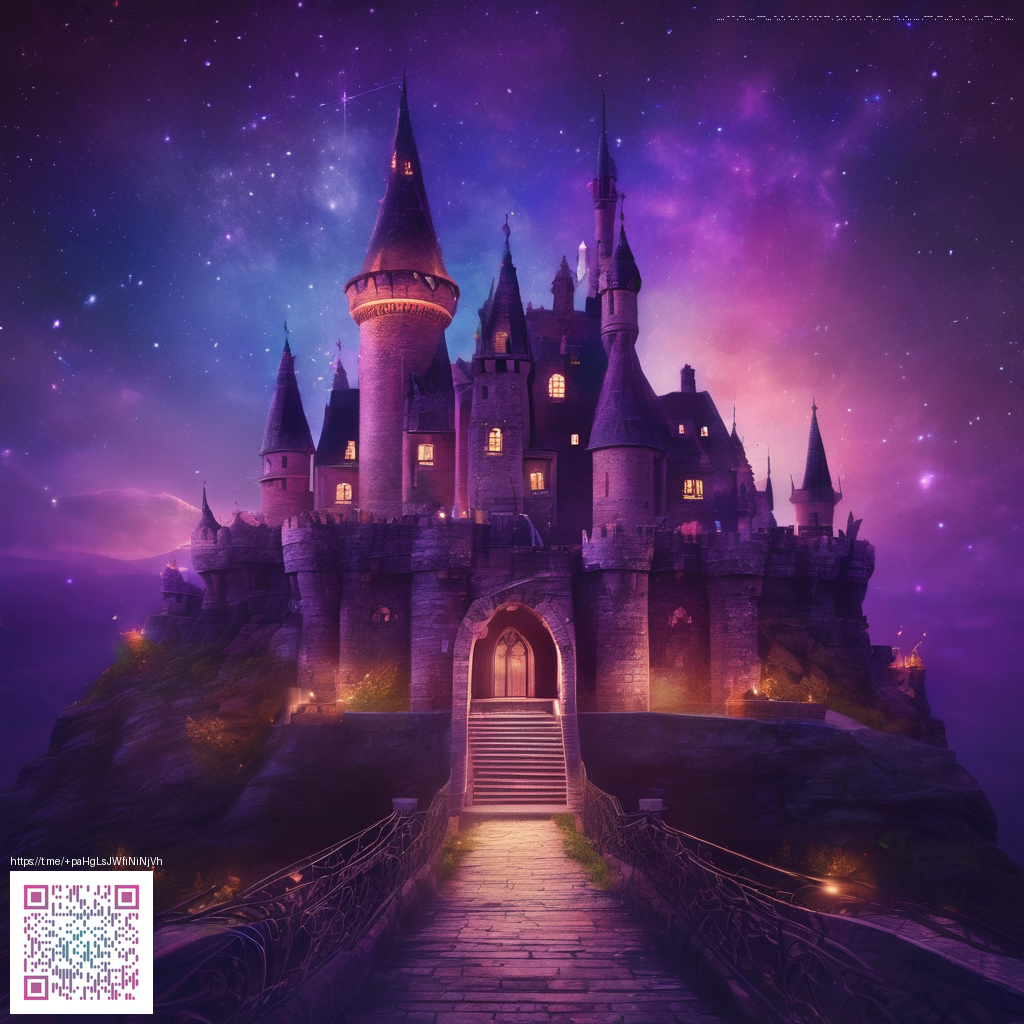
Roleplay Communities in a Landmark City Builder Deep Dive
In the world of a classic city building sim from a 2013 era, fans built vibrant roleplay ecosystems that turned straightforward zoning into collaborative storytelling. Players gathered to weave histories for their cities, assign evolving political dramas to mayors, and stage dynamic disasters as ongoing narrative arcs. This deep dive explores how gameplay systems, community norms, and post launch updates intersect to sustain lively roleplay hubs that feel anything but scripted.
Gameplay analysis that fuels living cities
Roleplay in this title hinges on trust between players and the game systems that govern growth. Zoning, service coverage, taxation, and infrastructure costs become narrative tools rather than bare numbers. Builders craft lore around neighborhoods shaped by specialized districts, ceremonial landmarks, and recurring events like festivals or simulated civic crises. The result is not just a city that looks good, but a setting that invites characters, factions, and committees to collaborate in real time.
Disaster events, traffic management, and budget debates provide natural storytelling beats. When a flood redefines a riverfront district or a transport strike reorients a metropolitan core, the community retools its plot lines while staying faithful to the constraints of the sim. For many players, this is less about reaching a perfect score and more about telling a compelling urban epic with friends who share a love for micro histories and macro skylines.
Community insights and the art of collaborative city-building
Across forums, Discord channels, and sheltered corners of fan wikis, roleplayers exchange house rules that keep stories consistent. Common practices include documented timelines for each city, defined factions that steward different sectors, and consent-based event prompts that avoid stepping on someone else’s narrative turf. The social glue is built on respect for creator freedom combined with a loose but meaningful structure for how stories unfold. A city becomes a living character when players agree on a backstory for its founding families, its legendary architects, and its recurring characters who reappear in each season of play.
Seasonal arcs, rotating mayors, and community elections are frequent tempo setters. Players often organize build weekends around a central theme, inviting new builders to contribute a district that harmonizes with existing aesthetics and lore. The thrill comes from seeing a plan evolve into a shared legend, with screenshots, saved replays, and city journals serving as tangible records of the journey.
One longtime builder notes that city roleplay feels like collaborative storytelling with a sandbox switch. You get the freedom to shape a narrative while keeping the world coherent enough that others can drop in and pick up where you left off.
Updates and how patch history nudges RP forward
Updates that touch the online to offline balance reshape what roleplay is possible. The community has long recalled a patch sequence that shifted the game away from mandating continuous online connectivity. In the years following launch, a prominent update addressed this by enabling offline play, which in turn allowed players to run separate cities for their RP campaigns without a central server tether. This change lowered barriers to collaboration, letting distributed groups coordinate through saves, shared files, and agreed upon house rules. The practical effect is a more inclusive RP space where creators can iterate city lore at their own pace while still engaging with a living world online when servers are available.
Beyond connectivity, patches also refined stability and city simulation depth. Performance improvements helped large rosters of districts track narratives without bogging down city grids. For roleplayers who lean on storytelling as much as city management, these refinements ensure that the world remains responsive to evolving plots rather than stuttering during climactic moments.
Modding culture and the quiet revolution of user-made tweaks
Even in titles where official mod support is modest, a thriving modding culture can unlock new storytelling avenues. Community-driven tweaks often address pacing, disaster frequency, or traffic quirks that influence how stories progress. Mod groups may also introduce aesthetic packs, era-appropriate architecture, and signage that help authors signal shifts in mood or policy without breaking immersion. The result is a richer toolkit for roleplayers who want a more stylized or historically flavored city, one that supports narrative experimentation alongside the core simulation.
While tools vary in accessibility, the best RP cities benefit from a careful balance of scripted triggers and player discretion. The community treats conflicts of interest as narrative opportunities rather than roadblocks, using documented city lore, event calendars, and agreed upon governance rules to keep the story cohesive even as new builders join in.
Developer commentary and the pulse of a dedicated fanbase
Developers and publishers who engage with roleplay communities often acknowledge that storytelling is a powerful driver of long term engagement. Feedback loops from fans shaped updates that clarified how cities could be shared, archived, and reinterpreted across seasons. The shift toward offline play did not erase the online imagination, but it gave communities a more reliable canvas on which to craft sprawling urban sagas. When players can maintain their own continuity offline and still link up for cooperative projects, the joy of RP thrives even when servers are quiet.
For fans of this lineage of city builders, the collaborative spirit behind roleplay communities demonstrates how a game’s core systems can become a stage for culture. The blend of tactile city design with narrative dynamics invites not just builders, but storytellers, archivists, and archivists of city lore to join the conversation. That hybrid energy is what keeps these communities vibrant, year after year, city after city.
Polycarbonate Card Holder Phone Case with MagSafe